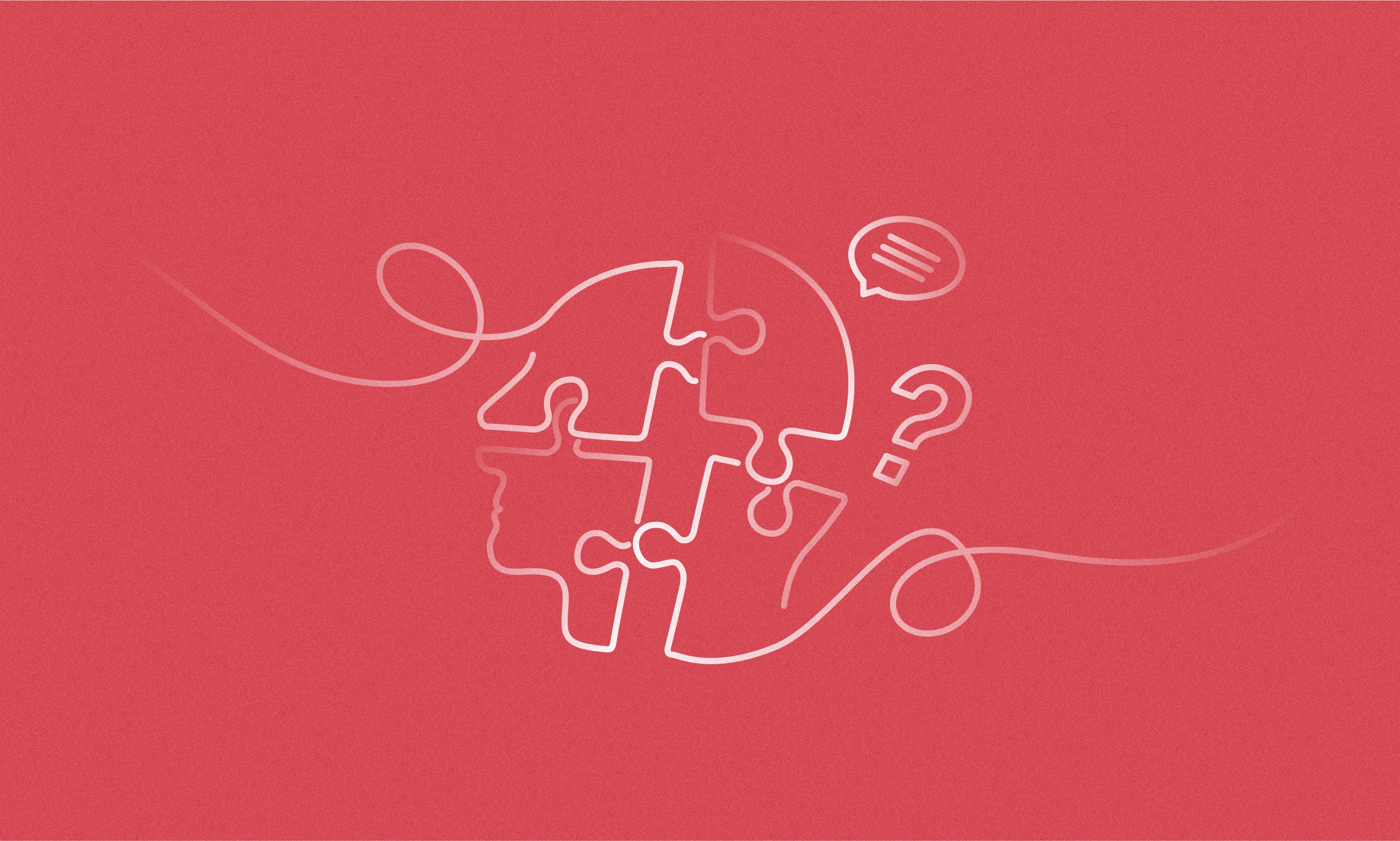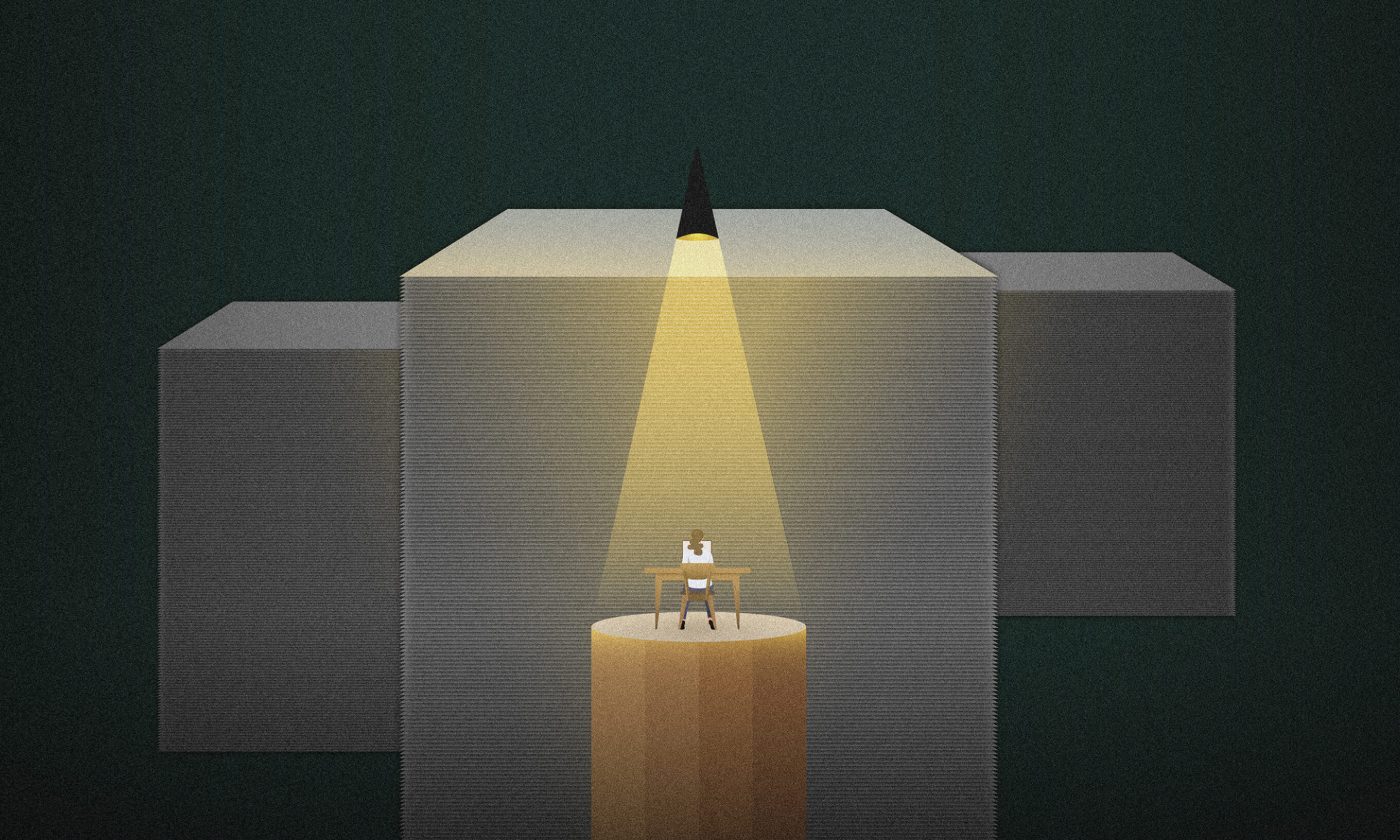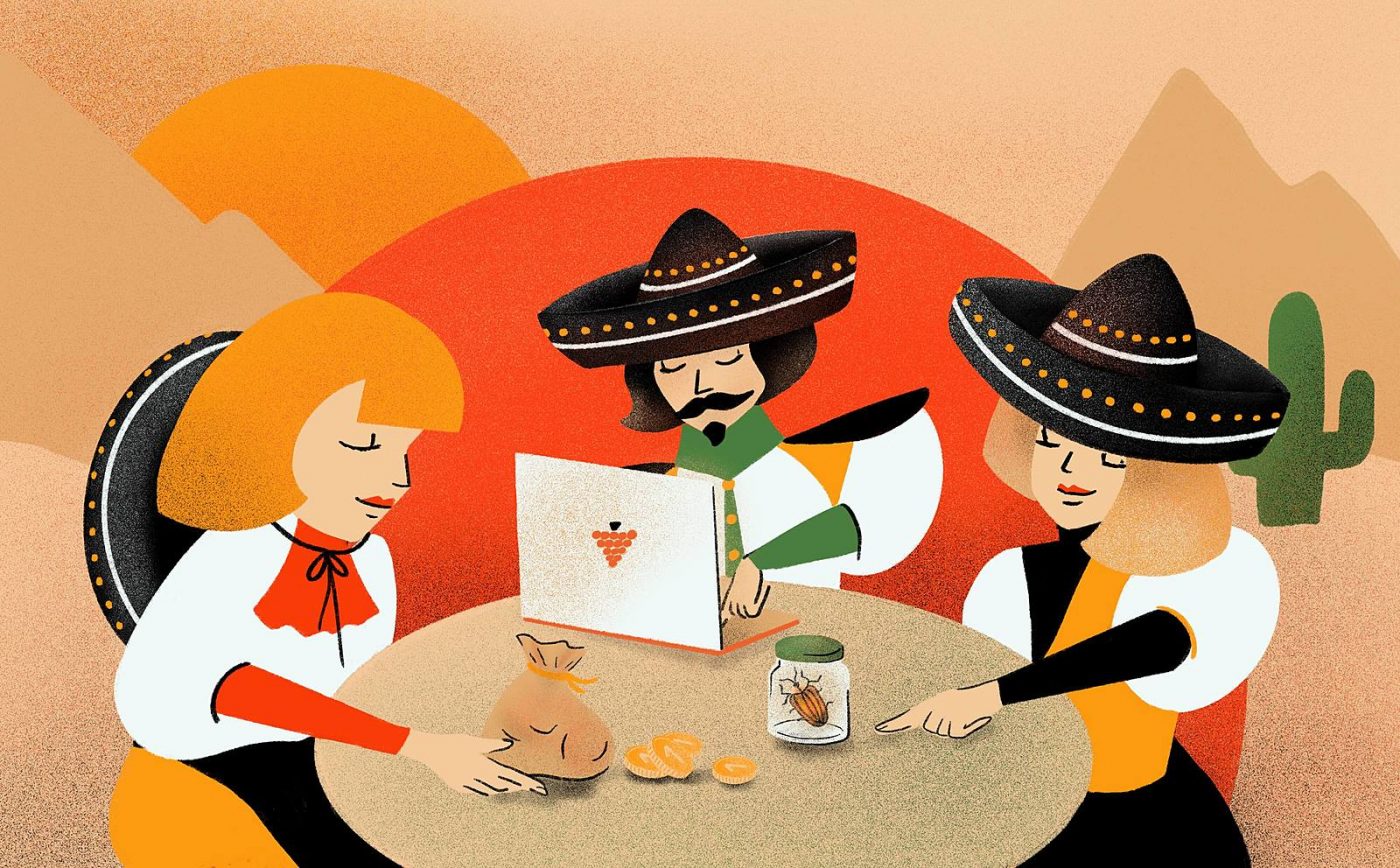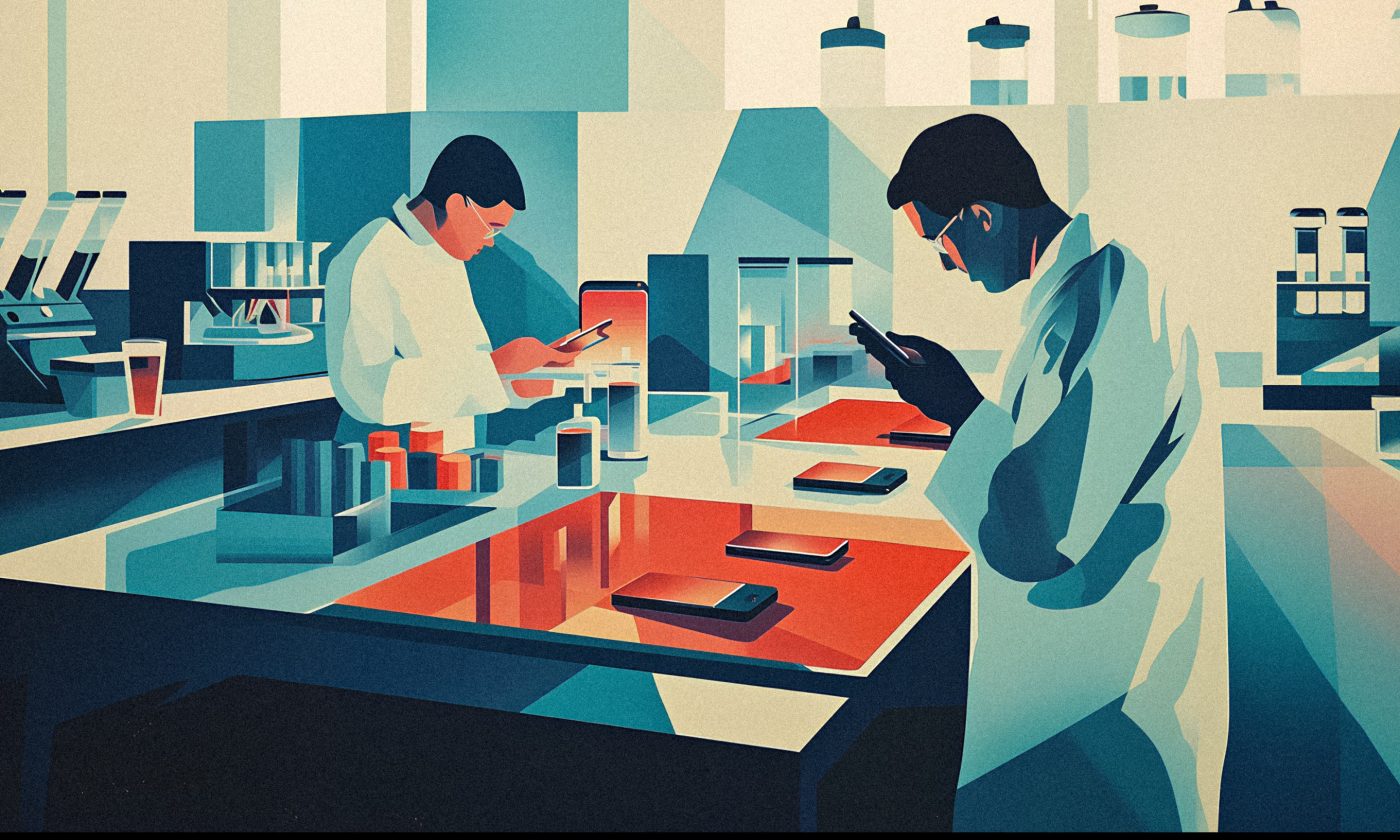We have all experienced projects where we can’t seem to get our client or colleagues to buy into the changes we are proposing. What we are really up against is changing a person’s or company’s mental models.
I have been thinking a lot about Mental Models lately – or rather, why it is so hard to change them.
My husband and I recently had our first child, and she wouldn’t drink cold bottles. Every time we prepared to go out, we had to get our bottle-warming system together. We would make the bottles and store them in a bottle pouch with a freezer pack to keep them cold. We would boil water that we would put in a thermos, then bring along an empty cup.
When it was nearing time to feed our daughter, we would fill the empty cup with the boiling water, put the cold bottle inside of it and wait 5 or so minutes for it to warm up. We even did this on airplanes! Sometimes, we were lucky enough to have the bottle warmed and ready before our daughter hit code red, sometimes we were not.
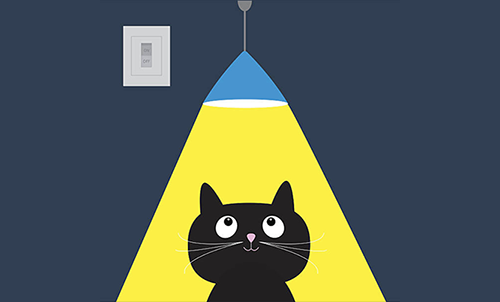
Then one day I had a revelation. Why not just put the formula powder in the bottle, don’t add the water yet, and put warm bottle water in the thermos. LIGHTBULB! How had this painfully obvious and infinitely easier solution evaded us for so long? No more cold bottles, pouches, freezer packs, boiling hot water, and empty cups to carry around – and warm yummy bottles are available in seconds versus long painful minutes while your little one melts down.
It evaded me for so long because my mental model on how bottles become warm was so ingrained I couldn’t see the simpler solution staring me in the face. At home, we make the bottles with cold water, and then put them in our bottle-warming machine. You make them cold then warm them up. This is how it’s done.
What is a mental model
A mental model is your explanation of how things work. They are concepts or frameworks for how you make sense of the world and make connections. They are completely ruled by your perception, your experiences, and your skill set.
If you are highly skilled or knowledgeable in a certain area, you will often make sense of the world from the perspective of that skill set. For example, if you believe the world is flat, you will have a different mental model about what it means to travel. For that reason, they can be very limiting.
“That’s how it’s always been done”
Author and professor Dr. Daniel J. Siegal discusses mental models as they relate to implicit memory. Implicit memory is when you remember how to do something without knowing you are remembering, like driving a car. As compared to explicit memory, which is the conscious recollection of a past experience.
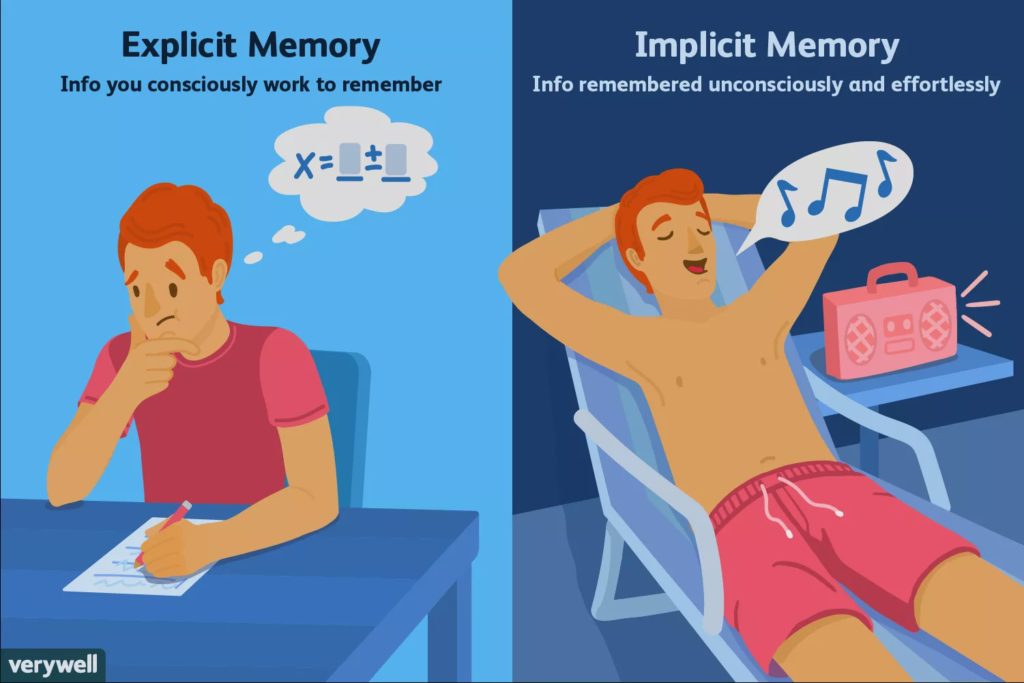
Implicit memory can be bundled with fear and frustration – as we may understand in more extreme cases like with PTSD or otherwise experiencing trauma and creating an association with a place or activity.
In his book The Whole-Brain Child (about kids but pertains to adults) he writes “…implicit memories cause us to form expectations about the way the world works, based on our previous experiences. We create certain mental models based on what’s going on in the past. This is because the implicit memory creates something called ‘priming’ in which the brain readies itself to respond in a certain way. Implicit memory is essentially an evolutionary process that keeps us safe and out of danger.”
In my case with the baby bottles, my brain was acting on implicit memory of how to warm bottles. “That’s how it’s always been done” might be something you’ve said or heard from someone who has a limited set of mental models.
When the idea finally dawned on me to warm our bottles in a different way I thought about that idea for a moment inquisitively… “Is this right? Can we do this?” I was learning a new mental model and expanding the way I make sense of things and solve problems. It took a minute, then I was really excited about the discovery.
Value Innovation
Ten years ago the idea of getting into a stranger’s car or staying at a stranger’s house probably seemed really dangerous and just plain stupid. Then Uber and AirBnB came along and completely changed our mental models about car service and travel accommodations. How did they do that?
In her book UX Strategy: How to Devise Innovative Digital Products that People Want, author and UX strategist Jaime Levy writes “A stellar UX Strategy is a means to achieving disruption in the marketplace through mental-model innovation.”
In the case of Uber and AirBnB they put a high value on quality and trust in their UX strategy – which enabled users to adopt their new mental model because they could feel good about this new experience. They removed fear with incredibly valuable features like easy transactional systems, map integration, and reviews for both parties.
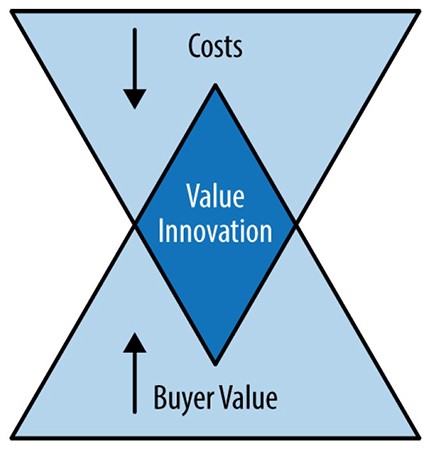
The key word here is value. “It is value innovation that disrupts or creates new mental models for people,” writes Levy. Creating value can sometimes be hard to define because values change over time and by demographic and service. Especially in today’s fast changing technological market.
Levy goes on to explain: “value innovation occurs when companies align newness with utility and price. Companies pursue both differentiation and cost leadership to create high-value and low-cost products for customers and stakeholders.”
In my case, the value innovation was a decreased time cost in how long it took me to get a warm bottle ready and the value of having fewer items to get ready and carry (a value any parent can relate to). My user experience was completely disrupted. I’m sure we all experience these micro-value innovations every day that help us change our mental models.
Afraid of change
Insanity is continuing to do the same thing over and over and expecting different results.
ALBERT EINSTEIN
We have all experienced projects where we can’t seem to get our client or colleagues to buy into the changes we are proposing. We assume this is rooted in some sort of fear of change or sunk cost. Maybe it’s ignorance or insanity preventing them from seeing how great your idea is.
I know I have been on projects where we ended up creating the same product using the same strategy “the way it’s always been done” – without affecting any real change except maybe polishing up the look and feel.
What we are really up against is changing a person or company’s mental models. Mental models feel safe. They are familiar and comfortable, and it’s often hard to see past them. A change in mental models for most people is an unknown, a risk, and our brains are designed to protect us from risk.
If you are in the ‘disruption through new mental models’ business, you need to shine a light on the value innovation you are providing a product, service, or task to help your client or colleague move past their stale mental models and embrace a new one.
This article was originally published by ExpandTheRoom, a company acquired by Infinum in 2023.







